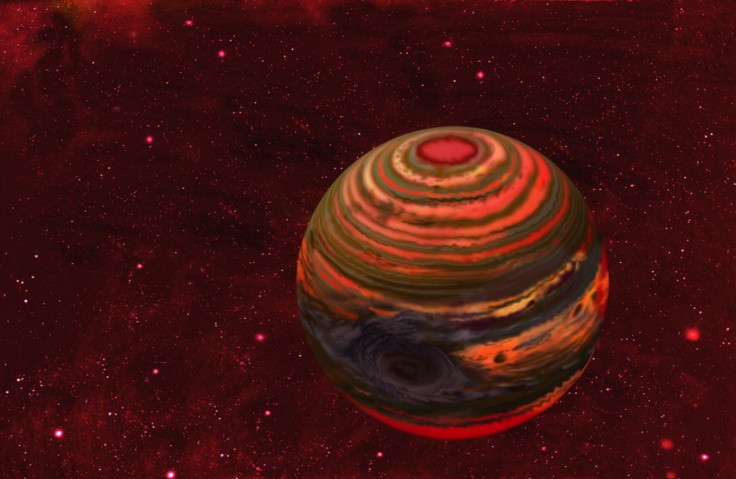Scientists Find Rare Gigantic Storm Brewing in Cool Brown Dwarf

Astronomers have observed extreme brightness changes on a nearby cool brown dwarf that may indicate the greatest storm ever seen on a planet.
The latest finding could shed new light on the atmospheres and weather on extrasolar planets as old brown dwarfs and giant planets have similar atmospheres.
Brown dwarfs, a term coined by Jill Tarter in 1975, are sub-stellar objects which are too low in mass to sustain hydrogen fusion reactions in their cores, which is characteristic of stars on the main sequence. Brown dwarfs occupy the mass range between large gas giant planets and the lowest-mass stars.
While observing a brown dwarf, dubbed as 2MASS J21392676+0220226, or 2MASS 2139 for short, scientists saw its brightness changed by a whopping 30 percent under eight hours, implying that a storm may be brewing. The brown dwarf lies 47 light years away from Earth.
Generally, clouds form in brown dwarf and giant planet atmospheres when tiny dust grains made of silicates and metals condense. But the depth and profile of the new brown dwarf's brightness variations changed over weeks and months, suggesting that cloud patterns in its atmosphere are evolving with time.
We might be looking at a gigantic storm raging on this brown dwarf, perhaps a grander version of the Great Red Spot on Jupiter in our own solar system, or we may be seeing the hotter, deeper layers of its atmosphere through big holes in the cloud deck, said Professor Ray Jayawardhana, Canada Research Chair in Observational Astrophysics at the University of Toronto.
Astronomers study brown dwarfs to better understand how stars form as well as atmospheres beyond our solar system. Atmospheres of brown dwarfs are similar to those of gas giant planets like Jupiter but are easier to observe since they are not blinded by a bright star.
The best explanation is that brighter and darker patches of its atmosphere are coming into our view as the brown dwarf spins on its axis, said Jacqueline Radigan, lead author of the study.
Recently, NASA's Wide-field Infrared Survey Explorer has discovered six star-like bodies with temperatures as cool as the human body. The most recent six to be found are classified as cool Y dwarfs because they are the record holders for the coldest brown dwarfs with an estimated atmospheric temperature cooler than room temperature, or less than 80 degrees. The cool Y dwarfs are also close to the sun. They are 40 light years away, making them some of the closest objects to our solar system.
© Copyright IBTimes 2024. All rights reserved.





















